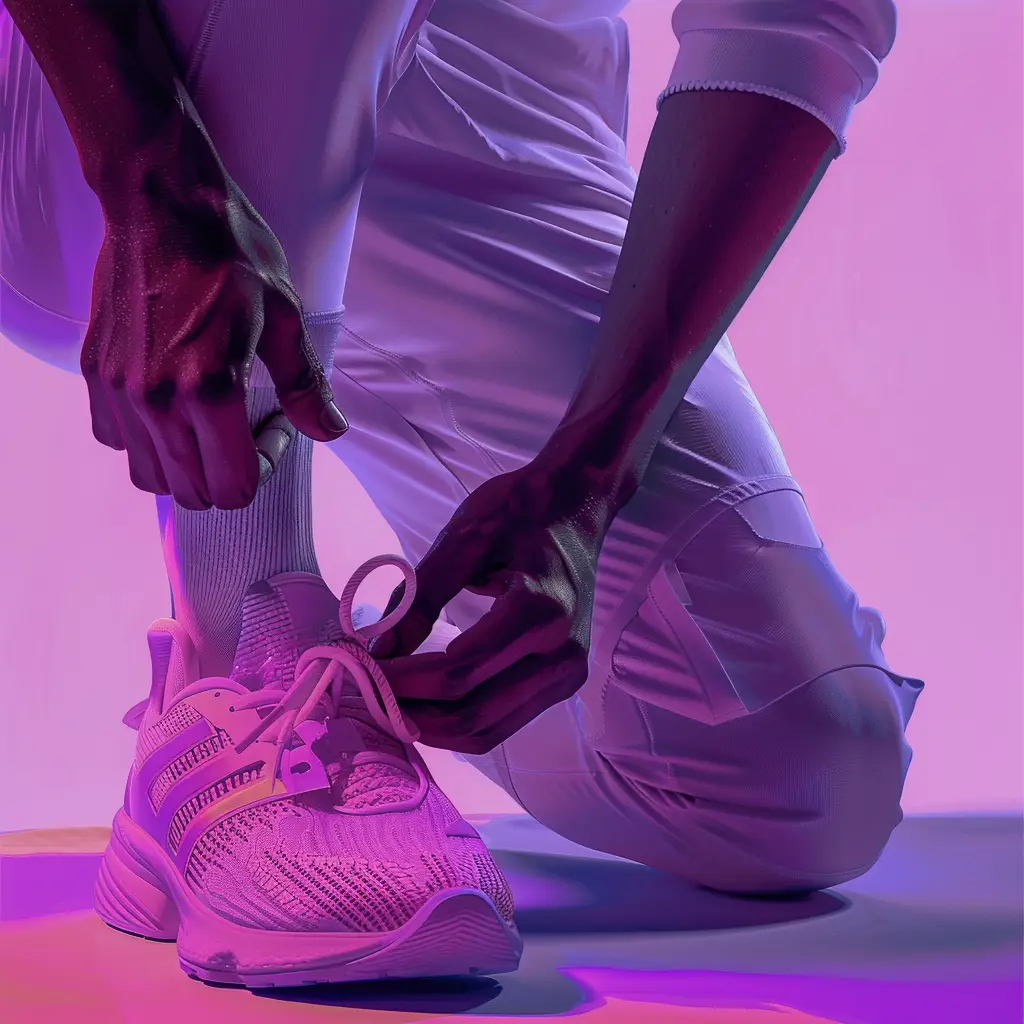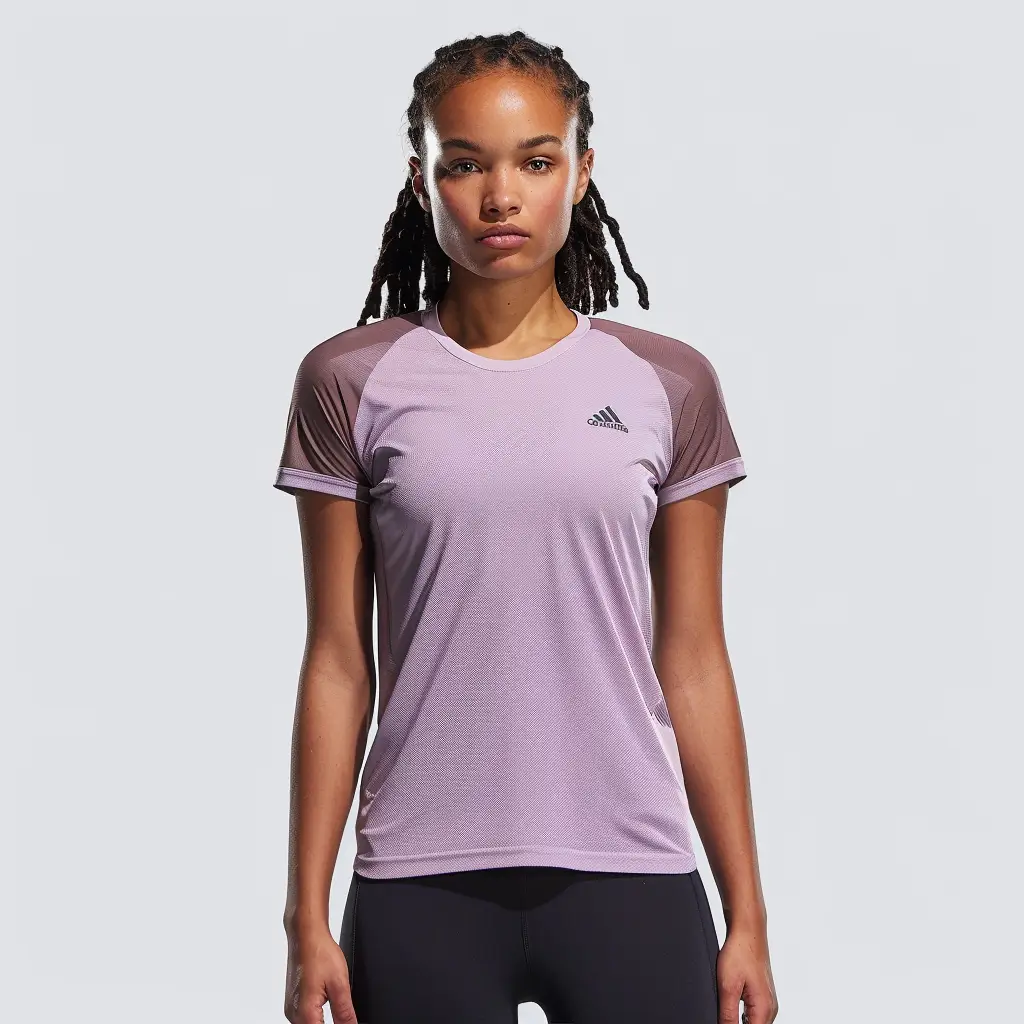Physiotherapy, also known as physical therapy, is a form of treatment that focuses on improving mobility, relieving pain, and promoting physical strength and function. Whether you’re recovering from an injury, managing a chronic condition, or seeking to enhance your physical performance, physiotherapy can be a beneficial part of your healthcare routine. The clothes you wear to these appointments can significantly impact the effectiveness of your treatment.
Importance of Selecting Appropriate Physiotherapy Attire
Wearing suitable clothing is crucial when attending a physiotherapy session. The right attire contributes to the success of your session by ensuring comfort, mobility, and accessibility. It can positively impact your range of motion and the therapist’s ability to work on specific body parts, thereby enhancing your treatment plan’s overall effectiveness.
The Role of Comfort and Mobility in Choice of Clothing
Comfortable clothing that allows your body to move freely is essential. Clothes that are too tight, restrictive, or uncomfortable can hinder your ability to perform the necessary exercises and movements. Opting for loose-fitting clothing, such as yoga pants, leggings, or loose pants, provides comfort and flexibility, especially when dealing with back injuries, lower body pain, or hip discomfort.
Significance of Access to Treatment Areas
Your physiotherapist will tailor a treatment plan specific to your condition, targeting certain body parts that require attention. Wearing clothing that allows easy access to those areas, like tank tops or shirts with loose sleeves, ensures that your therapist can effectively work on the affected body part.
Ideal Clothing for Physiotherapy Sessions
Now that we understand the importance of suitable physiotherapy attire, let’s discuss the ideal clothing choices for your physiotherapy sessions. Whether you’re attending outpatient therapy in a clinic or hospital or receiving therapy at home, the right clothing can significantly impact your session’s success. Choosing the right clothing will allow you to move comfortably, maximize the benefits of the therapy, and ensure the therapist’s ability to access specific body parts. Let’s delve into two specific considerations when selecting the right clothing for physiotherapy sessions: the debate between loose-fitting vs. snug clothing and the fabrics to consider for optimal comfort and flexibility.
The Debate: Loose-Fitting vs. Snug Clothing
The choice of loose-fitting vs. snug clothing for physiotherapy sessions is one that has been debated among physical therapy professionals. While there is no definitive answer, it is important to consider your specific condition, treatment plan, and range of motion when making this clothing decision. Here are some points to consider:
- Loose pants, yoga pants, or leggings allow for comfortable movement and flexibility during therapy sessions.
- Tight clothing, such as compression gear, may provide support and stabilization in certain situations, particularly for upper body injuries or neck pain.
- Opt for clothing that strikes the right balance between loose and snug, providing comfort while ensuring the therapist can access the necessary body parts during manual therapy.
- Ultimately, the choice of clothing should accommodate your specific needs and comfort level while aligning with the treatment plan prescribed by your physiotherapist.
Fabrics to Consider: Breathable and Flexible
In addition to the fit of your clothing, considering the fabric is equally important. Opting for breathable and flexible fabrics helps to ensure maximum comfort and mobility during your physiotherapy sessions. Here are the key fabrics to consider:
- Breathable fabrics, such as cotton or moisture-wicking materials, can help keep you comfortable and dry during sessions that may induce sweating.
- Flexible fabrics, like athletic spandex, allow for ease of movement and range of motion, preventing restrictive clothing from hindering the effectiveness of the therapy.
- Don’t forget to pay attention to undergarments as well. Opting for a comfortable, supportive sports bra can provide the necessary stability and support during physical therapy sessions that involve upper body exercises.
- Choosing clothing made of breathable, flexible fabrics will allow you to fully engage in your therapy sessions and reap the maximum benefits from the exercises, manual therapy, or modalities used.
Therapy-Specific Attire Recommendations
Now that we have discussed the general considerations for physiotherapy attire, let’s dive into specific clothing recommendations for various therapy sessions. Depending on the part of the body being treated and the specific condition, certain clothing choices may better facilitate the therapy session and enhance its effectiveness. By selecting the most suitable clothing for specific therapy sessions, you can ensure comfort, mobility, and accessibility, allowing the therapist to work on the targeted area more efficiently. Let’s explore some clothing suggestions for lower body injuries, upper body injuries, and back/spine issues.
Attire Suggestions for Lower Body Injuries
When dealing with lower body injuries, such as hip pain or ankle injuries, it’s important to wear clothing that supports the injured area while providing ease of movement. Here are some attire suggestions:
- Opt for loose pants or leggings that allow for comfortable movement and range of motion, especially if you have hip pain or lower back issues.
- Consider wearing athletic shoes or sneakers that provide support and stability to the feet and ankles.
- Avoid clothing with tight waistbands that may put pressure on the injured area, causing discomfort during therapy sessions.
- By wearing suitable clothing for lower body injuries, you can ensure the therapist’s access to the affected area, maximize the effectiveness of the therapy, and promote your overall comfort.
Clothing Choices for Upper Body Injuries
For upper body injuries, such as shoulder injuries, selecting the right clothing can greatly impact the effectiveness of therapy sessions. Here are some clothing choices to consider:
- Opt for tank tops or loose-sleeved shirts that allow the therapist easy access to the affected shoulder and upper body.
- Consider wearing a comfortable and supportive sports bra to provide stability and minimize discomfort during upper body exercises.
- Clothing with stretchy, flexible materials allows for freedom of movement, ensuring you can perform the prescribed exercises without restrictions.
- By wearing clothing that accommodates your upper body injury, you can better engage in therapy sessions, promote healing, and regain mobility and strength.
Back/Spine Issues: Outfit Recommendations
Back pain, whether it’s in the lower back or upper back, often requires specific considerations when choosing the right attire for physiotherapy sessions. To ensure optimal comfort and access to the treatment area, here are some outfit recommendations:
- Opt for loose pants or leggings that provide comfortable movement and don’t constrict the lower back area.
- Consider wearing a tank top or loose-fitting shirt to facilitate the therapist’s access to the upper back.
- If applicable, tie long hair back to prevent any interference with the therapy session.
- For certain physiotherapy appointments, such as massage or traction, expect to change into a hospital gown or vest provided by the clinic.
- By following these outfit recommendations, you can ensure the therapist can effectively target the back or spine, optimize the results of the therapy, and enhance your overall physiotherapy experience.
The Right Footwear for Physiotherapy Sessions

In addition to clothing, footwear plays a crucial role in physiotherapy sessions. The right shoes can provide the necessary support, stability, and comfort required for effective therapy. When choosing footwear for physiotherapy sessions, consider the following factors:
- Opt for athletic shoes or sneakers that offer good arch support and cushioning, as they can improve your balance and help prevent injuries.
- Sports shoes with non-slip soles provide stability, especially during exercises or movements that require changes in direction.
- Avoid shoes that are too loose or tight, as they can affect your mobility, posture, and overall therapy experience.
- By wearing the right footwear, you can enhance your balance, stability, and range of motion, ensuring a productive and comfortable physiotherapy session.
Why Supportive Sneakers Matter
When it comes to physiotherapy sessions, wearing supportive sneakers is a good idea. Supportive sneakers provide the necessary stability, cushioning, and shock absorption needed to enhance the effectiveness of your therapy appointment. Here’s why supportive sneakers matter:
- Supportive sneakers help maintain proper posture, which is crucial for accurate exercise execution and optimal therapy outcomes.
- Adequate footwear support can minimize the risk of injury during physiotherapy sessions, providing additional protection to your feet, ankles, and lower limbs.
- The right sneakers contribute to a balanced distribution of weight, reducing the strain on specific body parts and allowing for a more comfortable therapy session overall.
- By investing in supportive sneakers, you invest in the success of your physiotherapy sessions, promoting mobility, and preventing injury during treatment.
The Convenience of Easy-to-Remove Shoes
While supportive sneakers are generally recommended for physiotherapy sessions, there may be instances where easy-to-remove shoes, sandals, or bare feet may be more convenient. Here’s why:
- Certain physiotherapy treatments, such as massage, acupuncture, or manual therapy, may require the therapist to access specific body parts that are more easily reached when footwear is not present.
- Easy-to-remove shoes, such as sandals or shoes without laces, streamline the preparation process before therapy sessions, ensuring a hassle-free experience.
- Opting for bare feet in specific situations, such as yoga or acupuncture sessions, allows for a thorough understanding of the body’s movement, enhancing the overall therapy benefits.
- Consider the specific requirements of your physiotherapy session and discuss with your therapist whether wearing easy-to-remove shoes or going barefoot would be appropriate.
Accessories to Avoid During Physiotherapy
When preparing for a physiotherapy appointment, it’s essential to be mindful of the accessories you wear. Accessories, such as jewelry, belts, watches, or restrictive clothing, can hinder the therapy session and interfere with the therapist’s work. Here’s why it’s best to avoid accessories during physiotherapy sessions:
Jewelry: More Harmful than Helpful?
- Wearing jewelry, such as necklaces or bracelets, can cause unnecessary obstacles during physiotherapy sessions, potentially hindering the treatment process.
- Jewelry may interfere with the therapist’s ability to work effectively on specific conditions or body parts, limiting the range of motion and reducing the effectiveness of the therapy.
- To ensure an unhindered therapy session, it’s best to remove any jewelry, allowing the therapist to focus solely on the treatment plan and work on the specific body areas without any limitations.
Unnecessary Obstacles: Belts, Watches, and Other Accessories
In addition to jewelry, it’s important to avoid belts, watches, and other accessories during physiotherapy sessions. Here’s why:
- Belts, watches, or restrictive clothing can create unnecessary obstacles, hindering the therapist’s work and affecting the treatment process.
- Restrictive accessories can limit the range of motion, making it difficult for the therapist to perform manual therapy, stretches, or exercises effectively.
- Removing belts, watches, and other accessories ensures a comfortable, unobstructed physiotherapy session, allowing the therapist to focus on the therapy’s goals and objectives.
- By being mindful of the accessories you wear, you can eliminate unnecessary obstacles and optimize the effectiveness of your physiotherapy sessions.
Gearing Up for Your First Physiotherapy Session

If you’re new to physiotherapy, gearing up for your first session can feel like a mix of anticipation and uncertainty. To make the most of your initial appointment, here are some tips on what to wear and what to expect:
What to Bring and Expect For a Typical Session
- Bring a change of clothes, such as loose pants, yoga pants, tank tops, or comfortable sports attire, to change into before your session.
- Tie long hair back to prevent any interference during therapy, allowing the therapist to work unobstructed.
- Opt for clothing with an elastic waistband, especially if you’re dealing with lower back pain, as it offers the right balance of support and flexibility.
- Your physiotherapist may recommend specific clothing based on your condition, treatment plan, and therapy goals.
- Be prepared for a thorough assessment of your condition, an explanation of the treatment plan, and an introduction to the therapy techniques that will be utilized during your session. Your physiotherapist will guide you through the process, ensuring you feel comfortable and empowered to take an active role in your rehabilitation journey.
Can Comfortable Clothing Enhance Your Physiotherapy Experience?
There’s no doubt that comfortable clothing can significantly enhance your physiotherapy experience. When you’re comfortable, you’re able to focus more on the therapy itself, rather than being distracted by restrictive or uncomfortable clothing. Let’s explore how comfortable clothing can contribute to an enhanced physiotherapy session:
- Comfortable clothing promotes better range of motion, allowing you to perform exercises, stretches, or movements without limitations.
- The right attire allows the therapist to access treatment areas, facilitating the execution of manual therapy techniques, stretches, or modalities.
- When you feel comfortable and at ease, the therapy session becomes a more positive and productive experience, contributing to better treatment outcomes.
- Comfortable clothing enhances your overall physical therapy session, empowering you to actively engage in the therapy plan, progress, and achieve your therapy goals.
- By choosing the right clothing that prioritizes comfort, mobility, and accessibility, you create the foundation for a successful physiotherapy session and pave the way for improved physical well-being.

